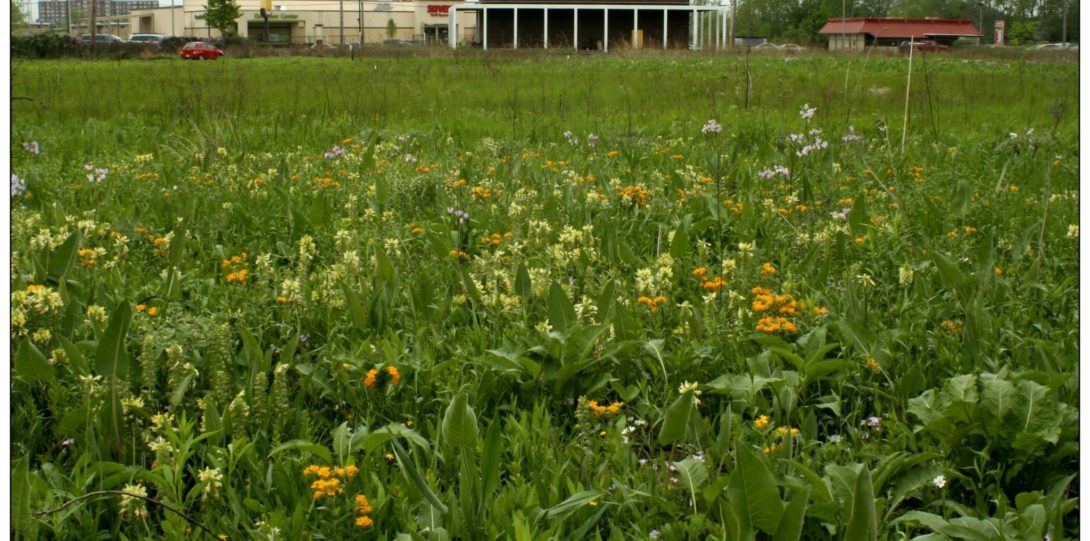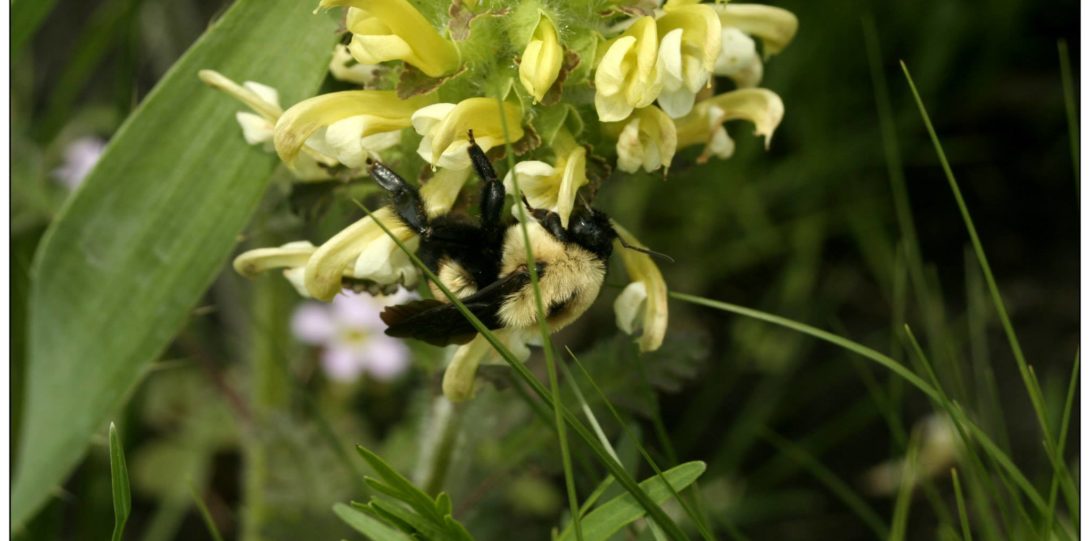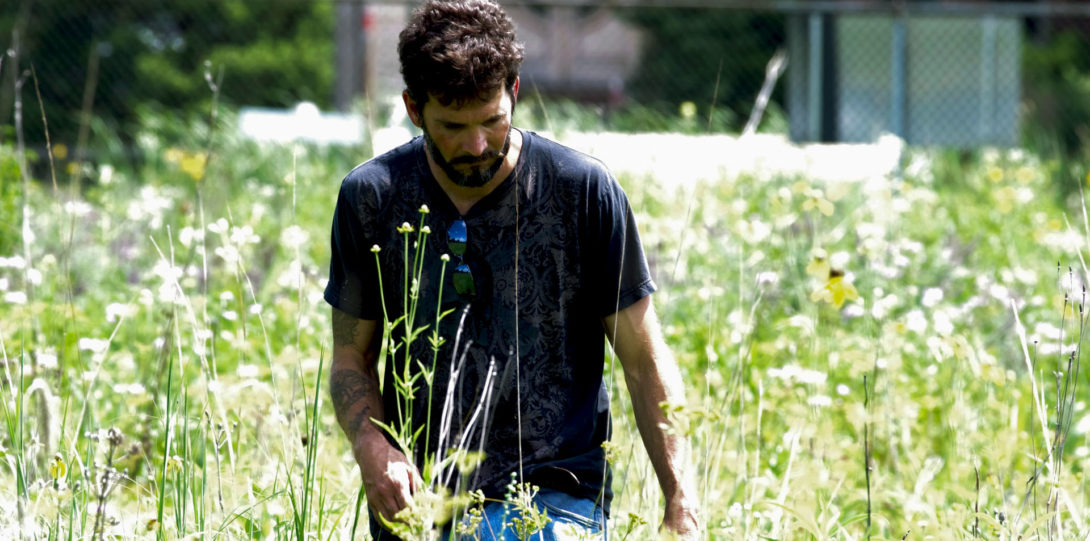Major Research Projects of Woodworth Prairie Heading link
Map of James Woodworth Prairie showing wetlands (at their maximum size) and the research grid. Intersections of grid lines are marked by monuments which are shown as points on map.
MS = Milwaukee swale
CS = central swale
RP = rain post swale
SS = south swale
SE = southeast corner swale
Grid lines are 10m apart (except 1 & 2 and K & L). Lettered lines (A to L) run east/west and numbered lines (1 to 25) run north (map made by Wyatt Gaswick)
Okanagana balli, the prairie cicada Heading link
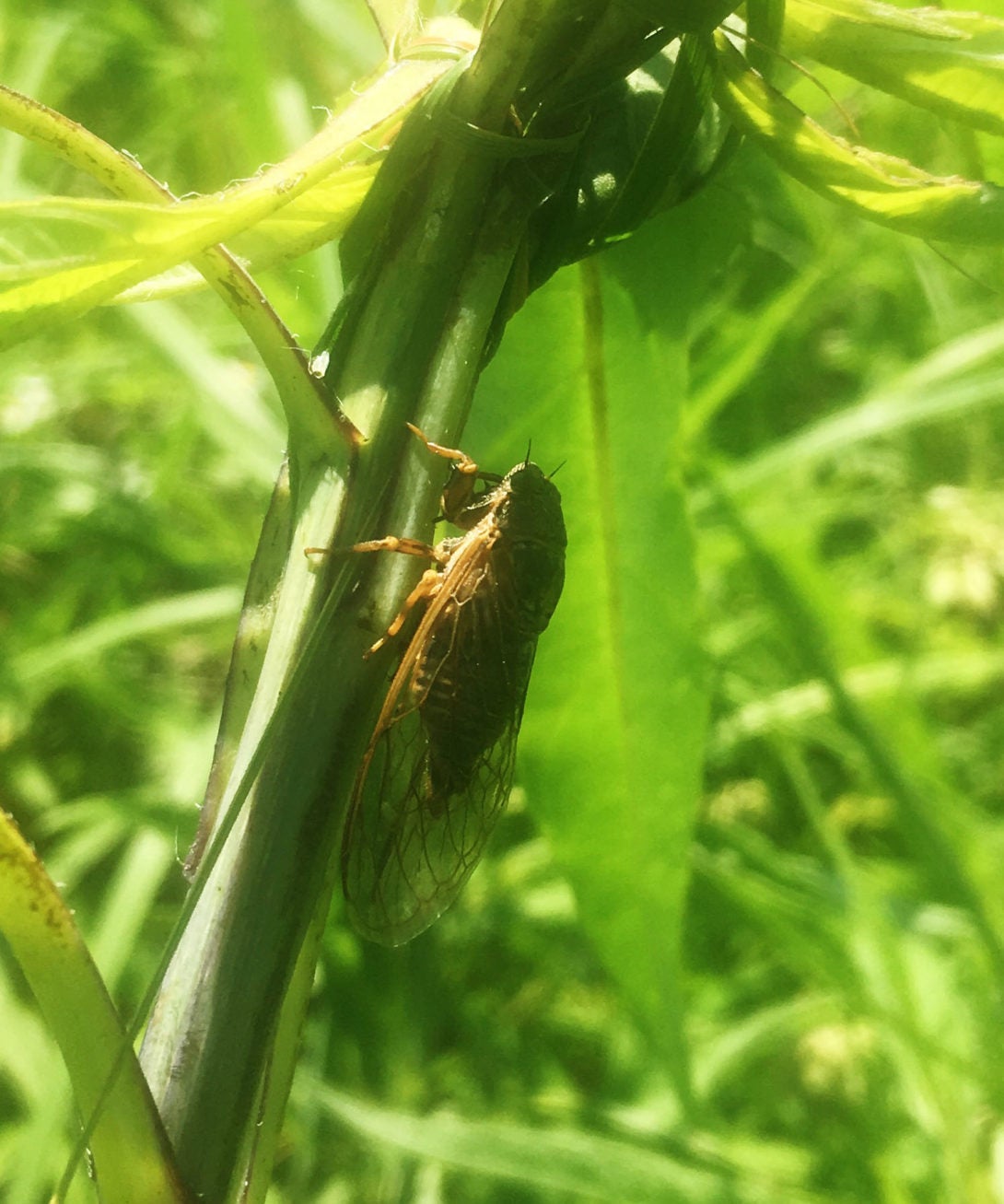
Cicadas are important in prairies. There are at least 3 cicada species in the Konza prairie in Kansas. Some prairie cicadas are very large and very colorful, these are in the genus Tibicen.
At JWP there is a small cicada (even a small cicada is still a big insect),Okanagana balli. If you are at prairie in late June you will hear the male cicada singing. Even when you can hear the song, seeing it is not all that easy.
Okanagana balli is about an inch long and has only drab shades of brown for color. It is restricted to remnant (original vegetation) sites and is not known from reconstructions (=restorations).
A mark/recapture study estimated the Woodworth population as about 500 individuals. They are rarely heard after 4 July.
Ephemeral Wetlands Heading link
Prairie ephemeral wetlands are now very rare. Wyatt Gaswick’s MS project was to inventory the invertebrates living in the JWP wetlands.
The species found in these very short hydroperiod wetlands include: Simocephalus vetulus, Simocephalus exspinosus, Limnephilus submonilifer, Acanthocyclops vernalis,Attheyella illinoisensis, Cypridopsis vidua andPhagocata velata. The species found in the shortest hydroperiod wetlands are also found in the bigger wetlands.
Soil Building Heading link
The 40 cm deep prairie soils have been built in the 15,000 years since the glaciers melted. How did the soil get so thick in that short time?
Paul Orlando studied rates of mound building and learned crayfish move a lot of soil, adding 0.3 mm to surface each year. Unlike mammals, ants and worms the soil moved to the surface by crayfish was below topsoil.
Extinction and colonization rates from inventories Heading link
Plant species lists for Woodworth Prairie exist for 1929, 1969, 1984 and 2000. I (DN) adopted a single taxonomic authority (Swink and Wilhelm 1994) to provide legitimate names. Standardizing spelling mistakes, capitalization, and the like converted each list into legitimate names. Legitimate names included some species unlikely to have been at JWP based on distribution and presence of other species in genus and distinctiveness of taxon. For each taxon a four-character sequence shows which list(s) include the species. PPP0, for instance, means a species was found on the 1929, 1969, and 1984 lists but not on the 2000 list. Slide show of the study. Erin Haase Faulkner conducted a 2005 plant inventory that is not included.
Wild Things: Changes in Plant Diversity at the James Woodworth Prarie 1979-2020 Heading link
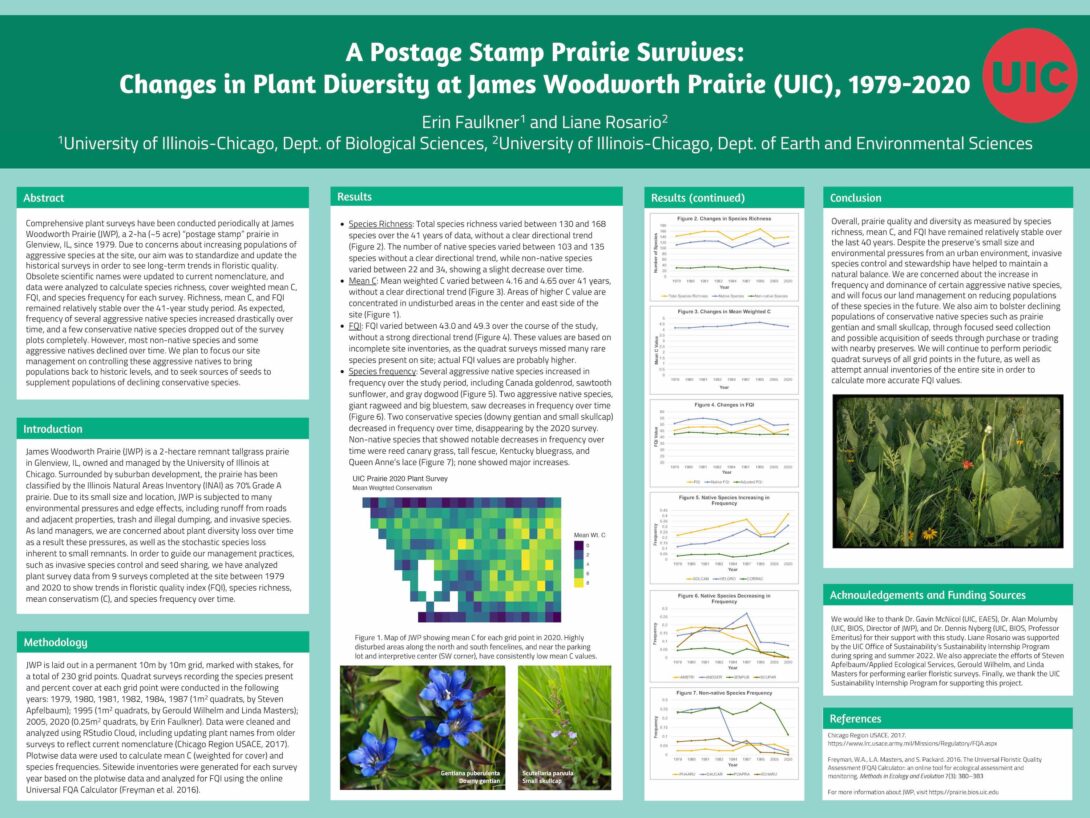
James Woodworth Prairie (JWP) is a 2-hectare remnant tallgrass prairie in Glenview, IL, owned and managed by the University of Illinois at Chicago. Surrounded by suburban development, the prairie has been classified by the Illinois Natural Areas Inventory (INAI) as 70% Grade A prairie. Due to its small size and location, JWP is subjected to many environmental pressures and edge effects, including runoff from roads and adjacent properties, trash and illegal dumping, and invasive species. As land managers, we are concerned about plant diversity loss over time as a result these pressures, as well as the stochastic species loss inherent to small remnants. In order to guide our management practices, such as invasive species control and seed sharing, we have analyzed plant survey data from 9 surveys completed at the site between 1979 and 2020 to show trends in floristic quality index (FQI), species richness, mean conservatism (C), and species frequency over time.
Learn more here.
